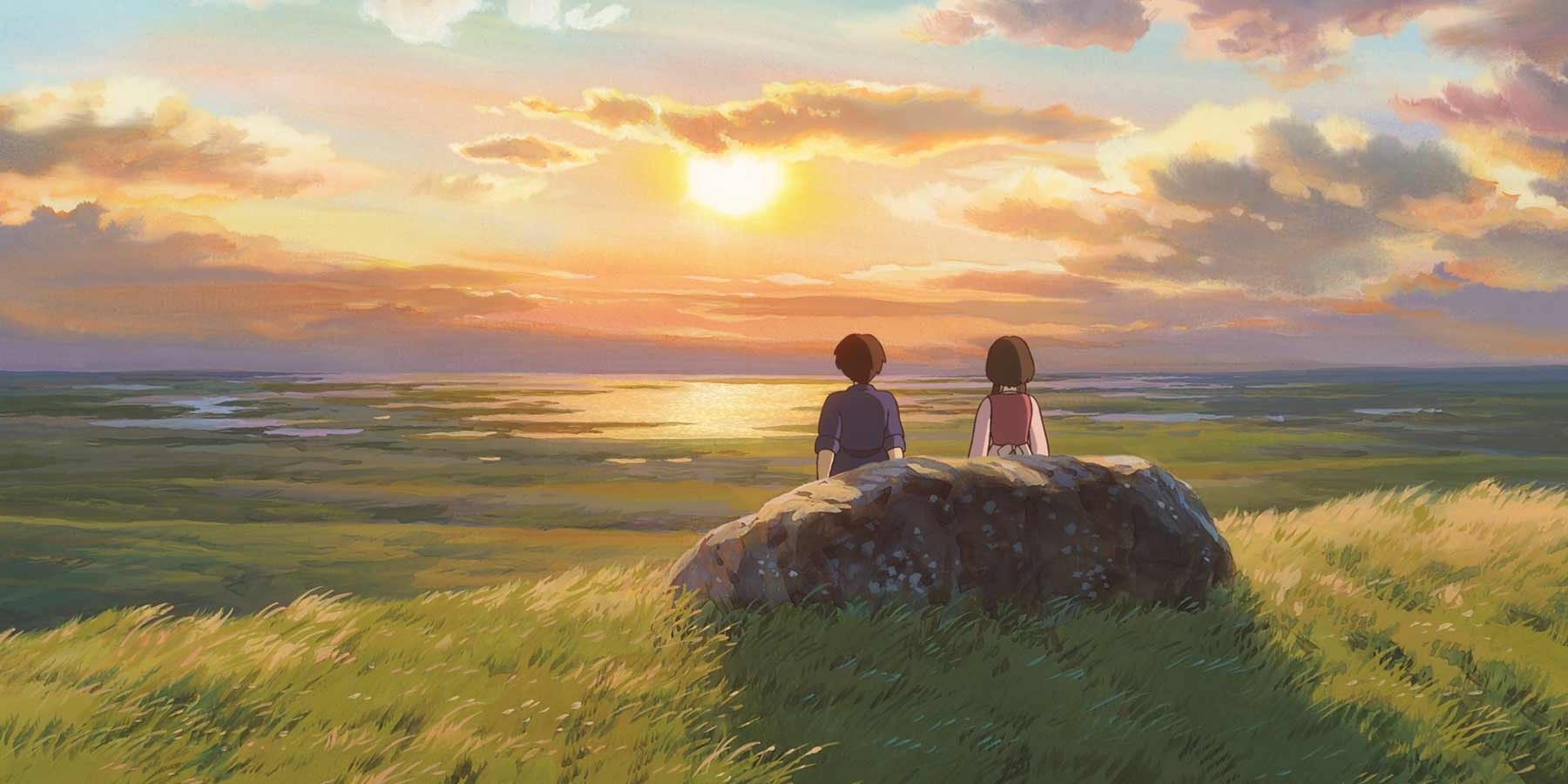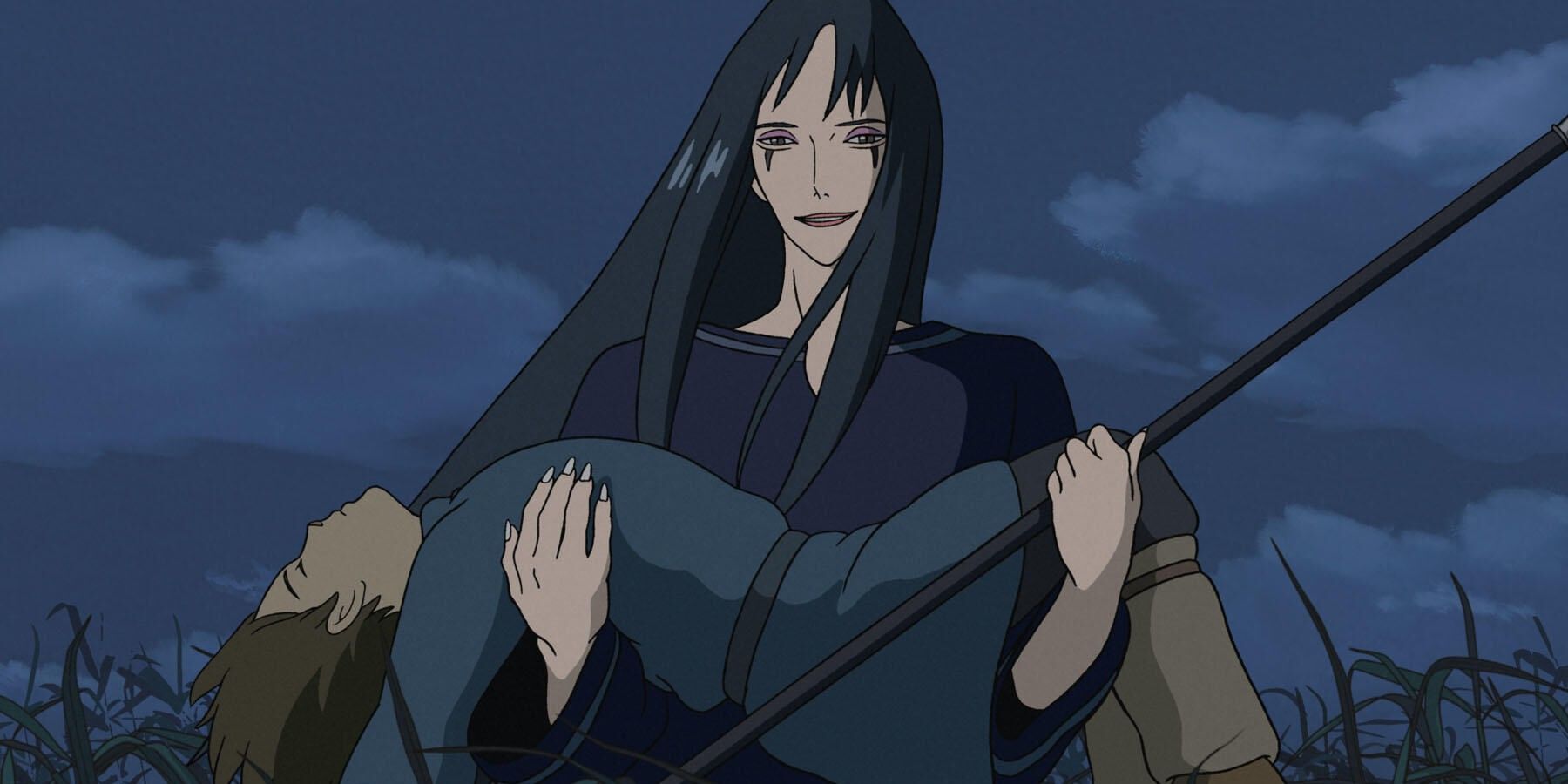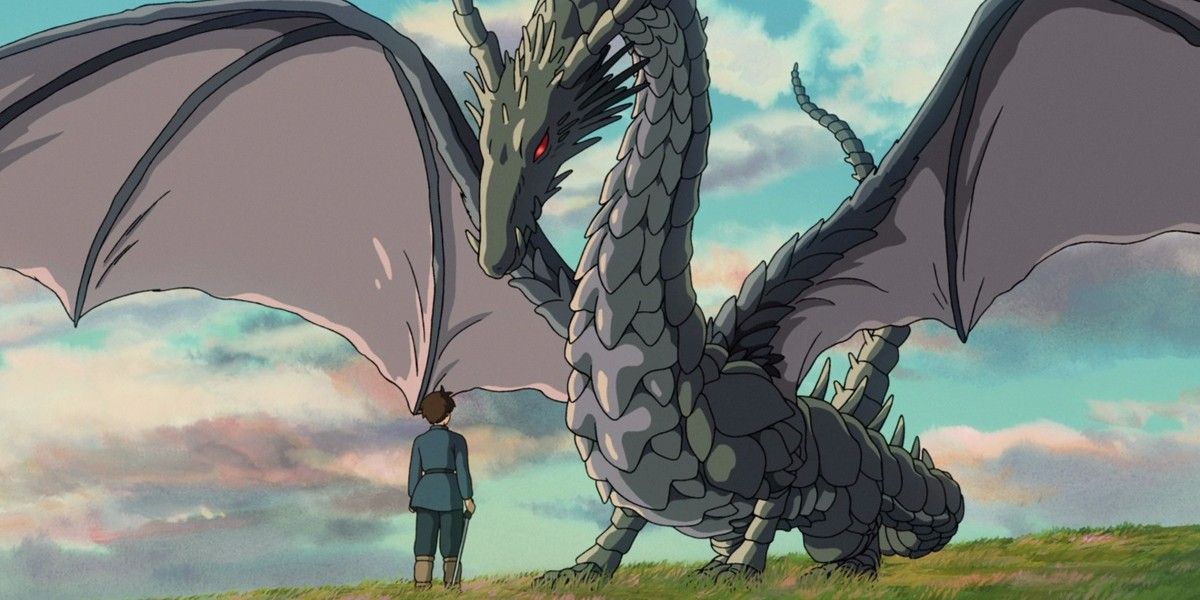Studio Ghibli is famous for its critically successful anime movies such as Howl's Moving Castle, Princess Mononoke, Ponyo, Spirited Away, My Neighbor Totoro, Kiki's Delivery Service, The Cat Returns, and many others. The animation company was founded in 1985 and has captured the hearts of audiences of all generations. However, there is one Studio Ghibli film that is rarely talked about due to how poorly it was received when it was released. Fans will know this asTales from Earthsea, which was directed by the son of Hayao Miyazaki, Gorō Miyazaki.
Tales from Earthsea came out in 2006 and was inspired by the Earthsea books of Ursula K. Le Guin and Hayao Miyazaki's manga series, The Journey of Shuna. Despite not doing badly at the box office, the film is remembered in a negative light. Gorō Miyazaki won an award for "Worst Director" and "Worst Movie" at Japan's Bunshun Raspberry Awards, and the movie would be the lowest-rated Studio Ghibli project on Rotton Tomatoes until Gorō Miyazaki's next Studio Ghibli film, Earwig and the Witch, which scored even lower.
What Tales Of Earthsea Got Wrong
A lot of what critics say Tales of Earthsea got wrong is due to its comparison with other Studio Ghibli works. For movies like Howl's Moving Castle and My Neighbor Totoro, for example, their soundtracks are incredibly memorable while Tales of Earthsea's soundtrack is easily forgotten the moment the credits roll. Then, of course, there is the world-building which was limited to just generic plains, towns, and a castle, while works like Spirited Away and Princess Mononoke had enriched locations full of interesting creatures, cultures, and unique buildings.
Outside of just comparison though, Tales from Earthsea still stumbled in many regards. Important elements such as character motivation were unfocused, not diving into why Therru goes from hating to loving Arren, not explaining why Arren killed his father, and why Cob wants eternal life. The plot itself also fell into the same unfocused pitfall, not giving the audience an idea of why these characters in particular seek to stop Cob's quest for immortality or why Cob having immortality would destroy Earthsea in the first place. In general, a lot is left unexplained, which doesn't help with worldbuilding, character development, or anything else that Ghibli films typically thrive in doing.
As a movie inspired by the books of Le Guin, Tales from Earthsea also failed to the point of having no similarity to the source material other than the names of characters. When Le Guin saw the film herself, she had a mixed opinion that mostly leaned towards disappointment seeing that many elements from her work were entirely out of context in the film. When she agreed to have Studio Ghibli make a movie based on her books, she wanted Hayao Miyazaki himself to be the director and was a little let down when the director turned out to be his son instead. However, she understood that the project was going to be Gorō Miyazaki's very first directed film and that he probably shouldered on too much for someone with so little experience.
Gorō Miyazaki's Career And How It Affected Tales From Earthsea
Being the son of one of the most famous animators in the world must add a lot of pressure to someone seeking out a career in film. In fact, Gorō was sensitive to this and was a landscaper before going into the film business, believing he would never reach the level of praise this father obtained if he worked in movies. He studied landscaping at the Shinshu University School of Agriculture and had a lot of experience in constructing parks and gardens, and even had a hand in designing the Ghibli Museum in Mitaka.
At 38-years-old, Miyazaki changed his mind and went from landscaping to working at Studio Ghibli. In his writings, he explained the decision was one led by passion, as he loved animation dearly and could no longer ignore it just out of comparing himself to his father. He also loved Le Guin's work and read her books in high school, and mentioned that the story of a boy who couldn't control his own magic power particularly resonated with him. The one who gave Gorō Miyazaki the title of director for Tales from Earthsea was actually Studio Ghibli producer, Toshio Suzuki, who liked Gorō Miyazaki's storyboards. Animators within the studio also loved his storyboard work and were ready to support him with the project.
It is public knowledge via interviews and personal blogs that the young Miyazaki's involvement did cause discord between him and his father. Hayao Miyazaki believed his son did not have enough experience to work on Tales from Earthsea and they did not speak through most of the movie's development stage. The animation took eight months and 17 days to complete, and that was not much in comparison to Spirited Away and Howl's Moving Castle, which took about 17 months to complete. Gorō Miyazaki had many doubts about the work but still powered through with the hopes that the film would speak for itself instead of being a constant comparison to his father. When the film did come out, Hayao Miyazaki was mostly supportive of his son's work but did say that he still had growing up to do.
Looking Back On The Film Today
It has been about 15 years since Tales from Earthsea was released, and critics and fans alike have been looking back upon it with far more mercy and understanding than before. Gorō Miyazaki's latest film, Earwig and the Witch is the new bad Studio Ghibli movie that has drawn attention away from the negative aspects of Tales from Earthsea. Some of the movies' more positive aspects are now spoken of, such as the dubbing, the visuals, and the nice message of death giving life value.
Of course, part of this late praise could also be from Gorō Miyazaki being more open about his desires and experience. Being compared to a famous parent is a rough deal for someone who has passion and wants to make art of their own, and people can empathize with that struggle. For major Le Guin book fans, the movie was also better than the two-part miniseries called Earthsea that was produced on the Sci-Fi Channel in 2004.

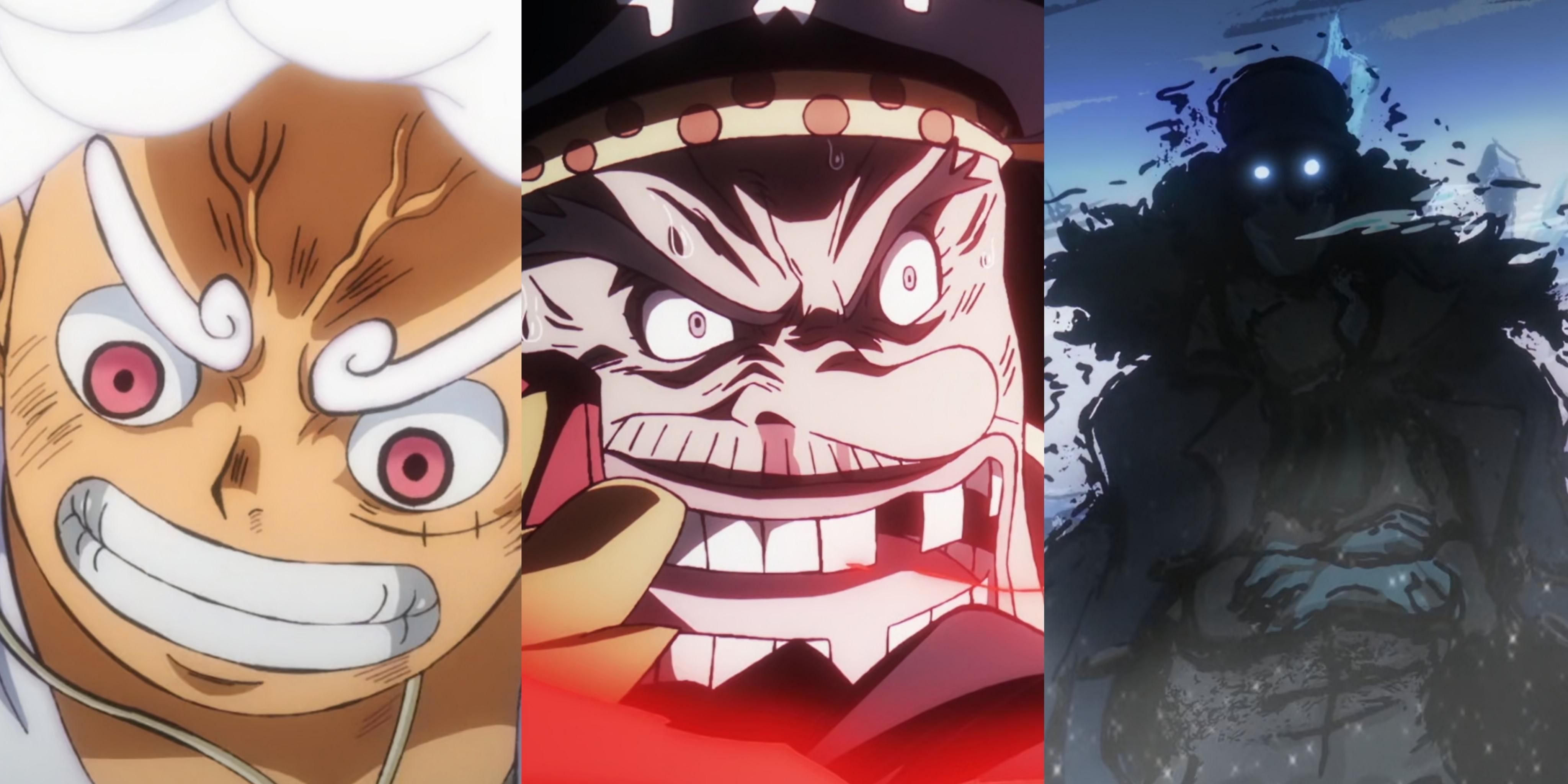
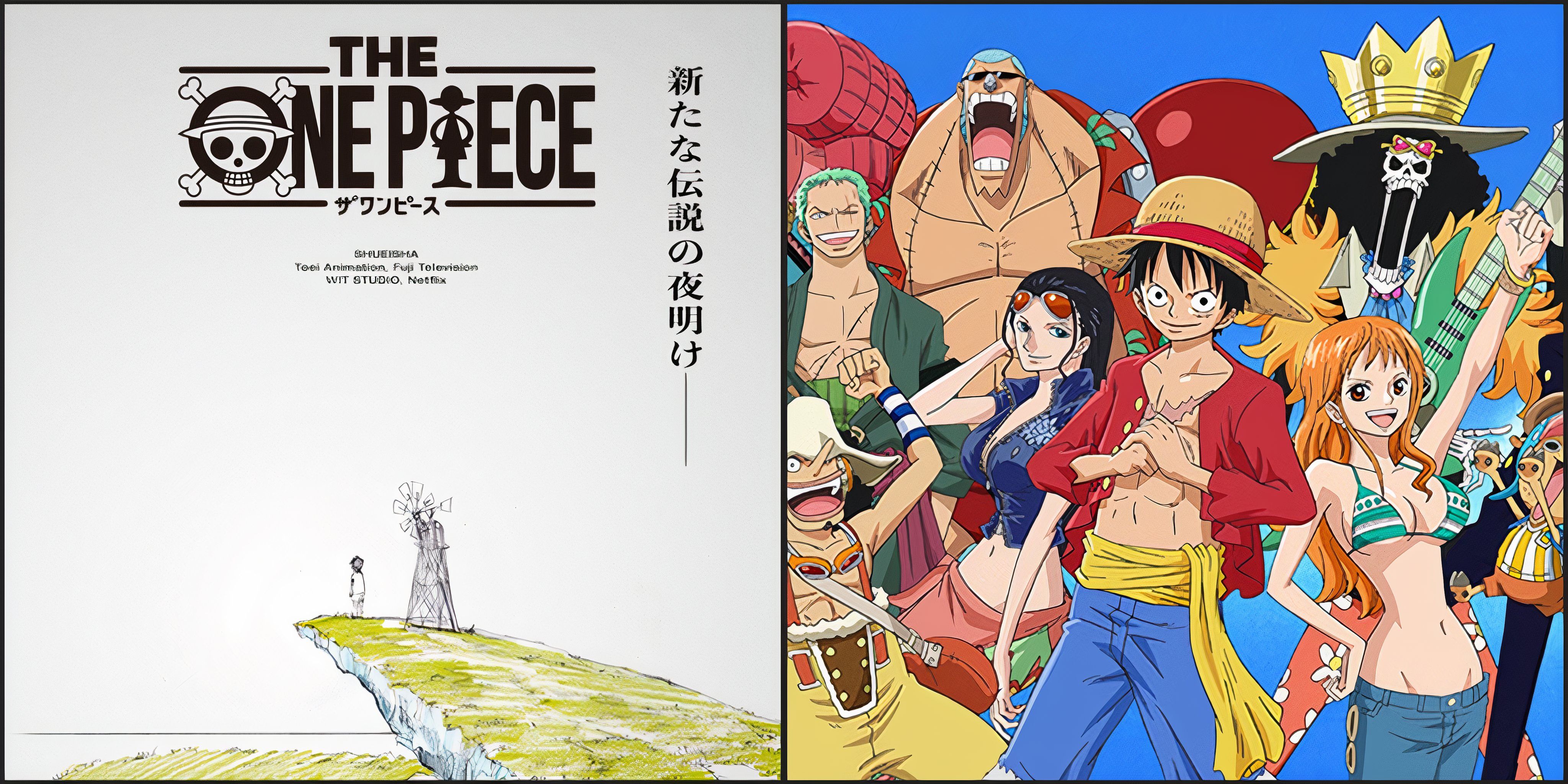
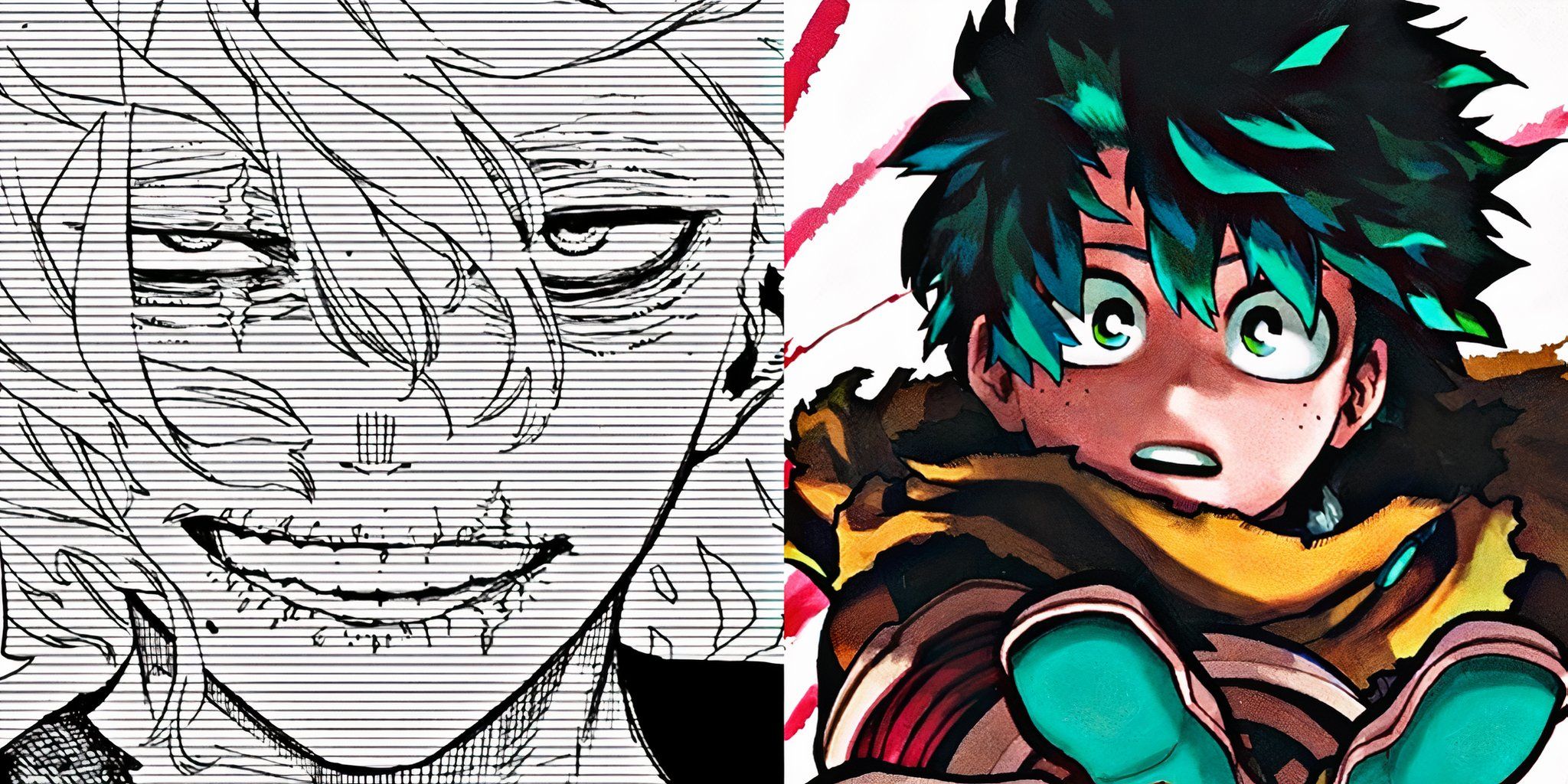
.jpg)
